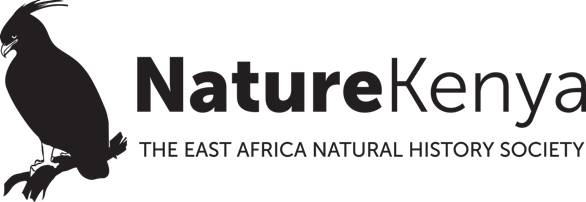Urban reptile diversity is surprisingly unknown. We often overlook reptiles in favour of more attractive animals like birds and mammals. These scaly creatures, however, play a crucial role in many of our ecosystems. Unfortunately, they are among the less studied groups of animals due to negative publicity and limited funding to facilitate the studies.
Kenya Herpetofauna Working Group (KHWG), a committee of Nature Kenya, is promoting the conservation of reptiles and amphibians in Kenya. One of its activities involves documenting the diversity of both amphibians and reptiles in Nairobi. Habitat loss and degradation, persecution, pollution and incidental killings are some of the threats reptiles face in most urban areas in Kenya.
While some species face serious threats, others seem to be faring quite well in Nairobi. One example is the Marsh Terrapin or African Helmeted Turtle (Pelomedusa subrufa). This terrapin occurs in wetlands in Kenya and much of sub-Saharan Africa. It reproduces by laying eggs, and the sex of young ones is determined by temperature. It can grow up to 30 cm in length and live for 30-50 years in the wild. To survive drought periods, it is capable of burrowing into the ground for years.
Despite many challenges, the terrapin is doing surprisingly well in Nairobi due to a combination of factors. These include the construction of dams that have created new habitats for the turtles and the fact that they are no longer hunted for food like before. Increased infrastructural development in the city poses a new threat to the terrapin’s habitats, as lately observed.
Recently, concerned residents reported witnessing a wetland filling incident near the Nairobi Eastern Bypass adjacent to Infinity Industrial Park. The Kenya Herpetofauna Working Group members visited the site to assess the impact of the activity on the wetland’s inhabitants. The team discovered that not just one but many wetlands in the area were under reclamation. Trucks were filling the wetlands with gravel to reclaim land for construction with little regard for the existing flora and fauna.
Quick intervention by KHWG saved 16 terrapins from one of the wetlands undergoing reclamation for a housing project. The group notified one of the contractors of their rescue mission and was granted permission to relocate the terrapins to ponds at the National Museum of Kenya and City Park. The rescue and relocation of the 16 turtles in Nairobi is good news for urban biodiversity conservation. There is, however, a need to subject all major construction projects in the city to Environmental Impact Assessment (EIA).
What can you do as a citizen to help?
As a citizen, you can help in the following ways:
- Report any cases of wetland reclamation for construction to the Kenya Herpetofauna Working Group or other relevant authorities. < khwginfo@gmail.com> Tel: +254729978212 0r +254710318140
- Volunteer with the Kenya Herpetofauna Working Group to help with community outreach.
- Advocate for the conservation of urban biodiversity and their habitats.
The Kenya Herpetofauna Working Group is also working to raise awareness about the importance of reptiles in the city. We hope our efforts will help raise awareness about these often-overlooked animals and their significance in our ecosystem. We also hope that people will be more willing to protect these animals and their habitats.
